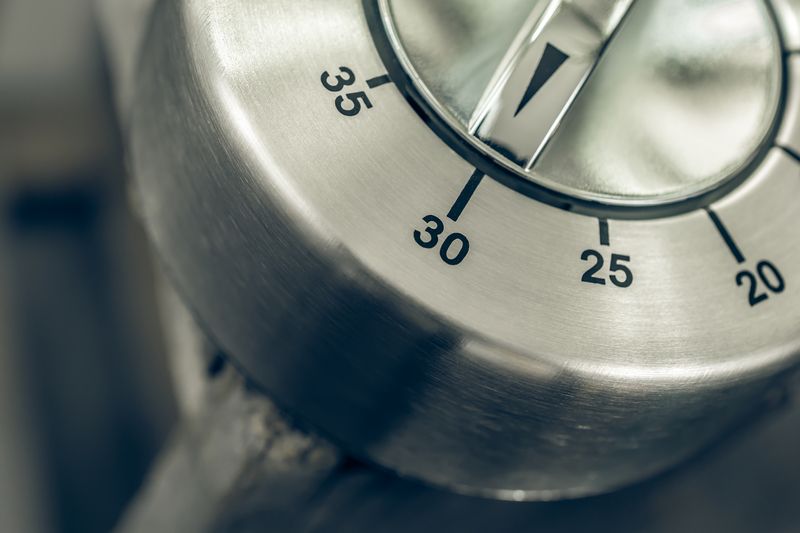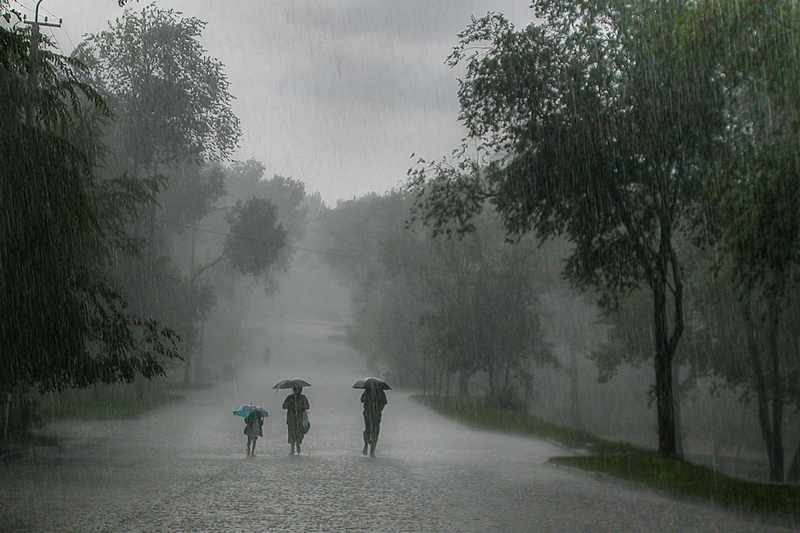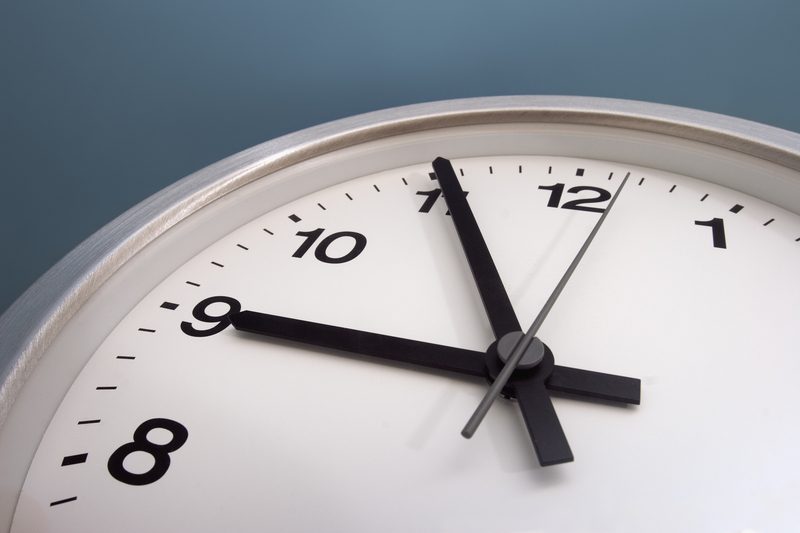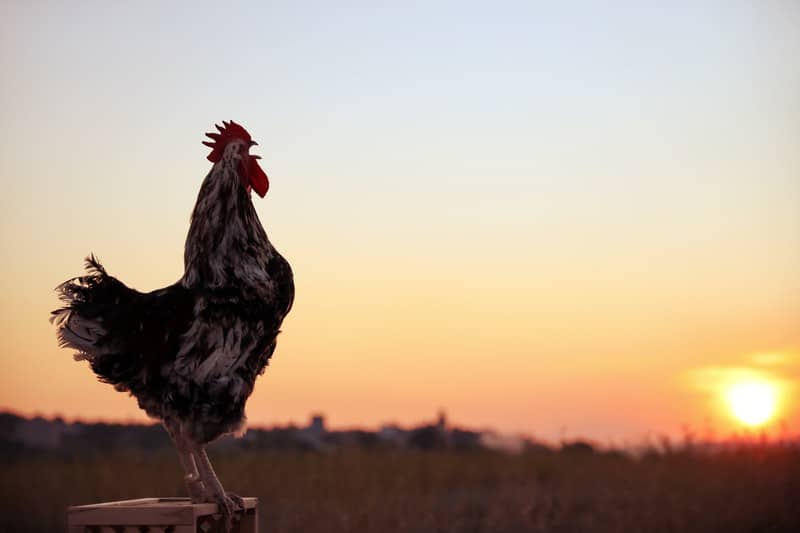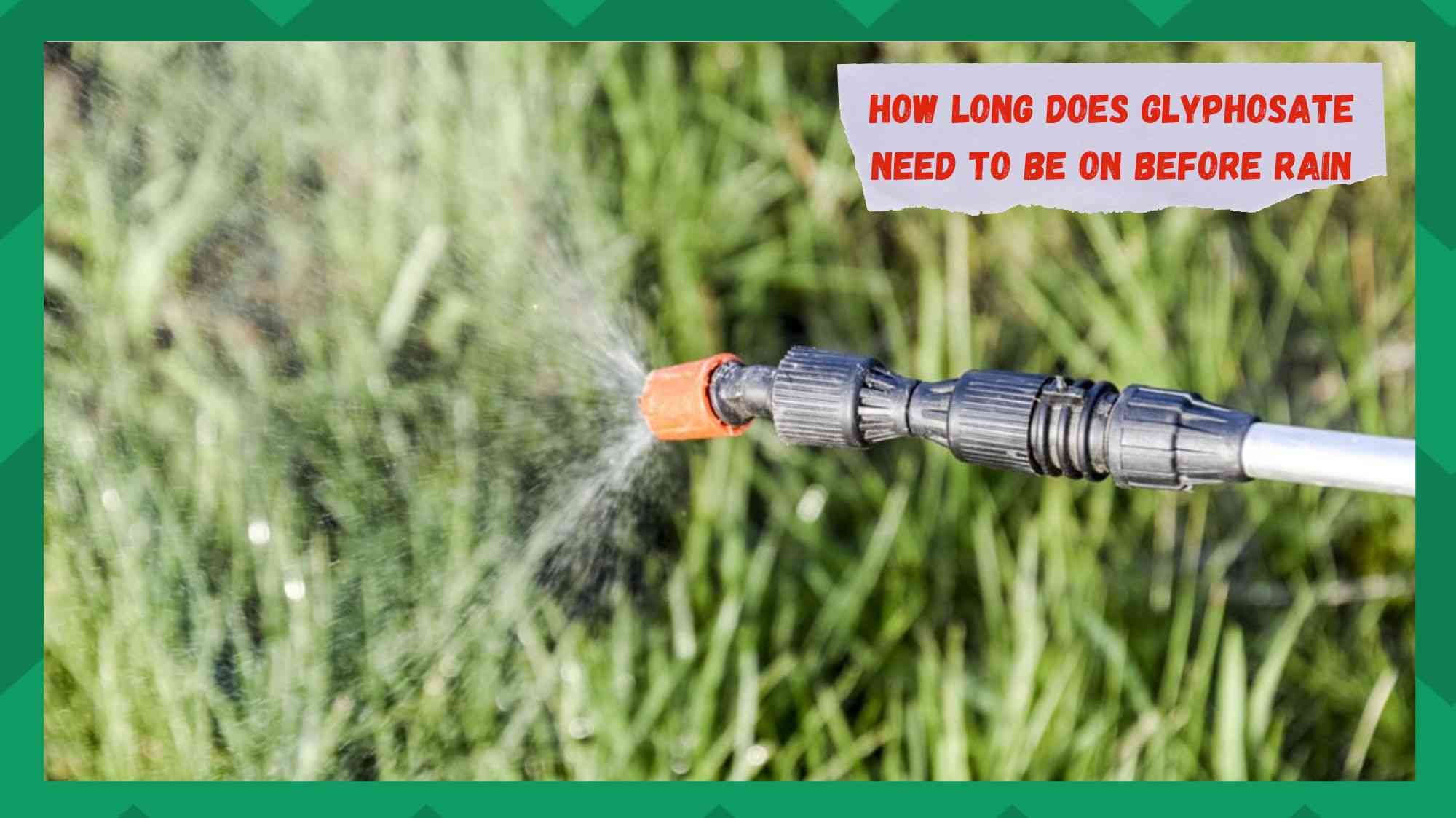
Keeping pests from destroying crops is a struggle for even the most skilled farmers. The development of chemical pesticides has not only simplified this process, but it has also created a new challenge of how to kill pests without endangering the health of unintended victims.
One of the most popular pesticides in the world is Glyphosate. The herbicide glyphosate has widespread applications. It is used to destroy broadleaf plants and grasses by being sprayed directly onto the leaves of the plants. In its sodium salt form, Glyphosate is used to control plant growth and bring some crops to harvest.
The first use of Glyphosate in the United States was approved in 1974. Glyphosate is a popular choice among the many herbicides available in the USA.
It is used for weed control in industrial locations, as well as in agriculture, forestry, lawns, and gardens. Glyphosate is used in several products that inhibit the growth of aquatic vegetation.
Producing food items including fruits, vegetables, nuts, and glyphosate-resistant field crops like maize and soybean relies heavily on the herbicide glyphosate because of its effectiveness against a wide variety of weeds.
It is helpful in controlling unwanted invasive and noxious weeds. Furthermore, Glyphosate degrades in the environment, may be used in no-till and low-till farming to decrease soil erosion and is beneficial in integrated pest control.
Glyphosate-based products are available in many different forms, such as liquid concentrate, solid, and ready-to-use liquid.
How Does Glyphosate Work?
The herbicide glyphosate is effective against a wide variety of plant life. It is therefore useless for targeting individual weeds or plants for elimination. On the other hand, it is highly toxic to broadleaf plants and will effectively eradicate them from the treated area.
Glyphosate is effective because it blocks an enzyme in plants that is necessary for the production of phenylalanine, tyrosine, and tryptophan, three essential amino acids.
This weed killer is taken up by plants mainly through their leaves, with just trace quantities entering the plant through its roots. Therefore, Glyphosate is only helpful for eliminating grass and weeds when they are actively developing.
This treatment is ineffective since it does not prevent seeds from germinating. As soon as Glyphosate enters a plant’s cells, it travels throughout the plant, from the roots to the leaves, where it blocks the production of proteins essential to the plant’s development. To put it simply, this is what it ultimately does in the plants.
How Long Does Glyphosate Need To Be on Before Rain
Glyphosate is a powerful chemical that must be handled with great caution—wearing protective clothing and attempting to prevent getting any Glyphosate on bare skin is recommended, as stated on the product label. It would be best if you also look for a pair of sealed shoes and heavy-duty rubber gloves.
People’s uncertainty about how long Glyphosate has to be applied before rain is a common concern and a common inquiry we get. In case you are also confused by this, this article will shed some light on this matter. Let’s dive deeper into it!
The good news is that it is a quick process. So if you’re in a hurry but worried about the weather (you know it can rain any second), take it slow and wait for a good day.
In the usual course of events, this chemical would need half an hour to soak into the plant material. After then, it doesn’t matter if it rains or not since the product will remain intact.
While most people assume that Glyphosate will dry in 30 minutes, professionals advise scheduling spraying such that the chemical will have at least two hours to dry. Furthermore, the label warns that the effectiveness of Glyphosate will be reduced if it rains after spraying.
Consequently, if there is a chance of rainfall, you should wait to apply this chemical. We recommend delaying the pesticide spraying till another day.
For optimal results, some professionals recommend a drying duration of between three and five hours. There should be plenty of time if the rain holds off for at least 5 hours. In any case, it’s best to postpone until another day only to be sure.
If you can’t move the spraying date, at least give this herbicide 5 hours to do its job.
However, it may take few time for the leaves to dry sufficiently after a rainstorm, particularly when the weather stays humid. Furthermore, the herbicide may be blown to unwanted areas, killing plants you actually want to keep alive.
If it’s going to be windy or it could rain soon after you apply Glyphosate, schedule wisely. Glyphosate, in a nutshell, works best when sprayed 30 minutes before rain is expected to begin. Be sure to keep away from it on windy days.
Spraying the plant at the optimal time, when the temperature is just right, will maximize its effectiveness. You won’t get good results from applying Glyphosate if the temperature is too cold or too hot and the plant leaves are still moist from rain.
Before midday, when the mist has dried and the sun has warmed the soil, it is the ideal time to apply this chemical so that the plants can take up the maximum amount of Glyphosate. If these considerations are taken into account, the chemical would be pretty efficient in controlling weeds.
Since the chemical begins damaging the roots, it takes around two weeks to 4 weeks for the chemical to totally destroy plants. If you are concerned that you aren’t using enough chemicals because you haven’t seen enough growth after a week, remember that Glyphosate takes time to take action.
Then, hold off for a minimum of two weeks more. We can only hope that the plants’ withering and eventual death are apparent to you shortly.
Since herbicides work best on dry leaves, using them just before or after it rains may be a waste of money and effort. Make sure to plan ahead and apply it at the optimal time, whether that is 30-minute before rain or 5–6 hours (in case the plant has dried up).
What Is The Best Time To Apply Glyphosate?
The best time to use Glyphosate is when weeds are actively growing and releasing moisture. Since this calls for exposure to sunshine, it’s probably best to do it first thing in the morning so it can work all day long.
It would be best if you put it on first thing in the morning on days when the sun is expected to be stronger and warmer. However, the abovementioned 30-minute restriction is strictly enforced during wetter seasons.
Nighttime glyphosate applications are discouraged since the herbicide is more vulnerable to being negated by moisture and will have no impact even if it doesn’t rain.
Dew on the ground in the morning? Maybe you should wait till it dries out. Also, if it rains for more than 5 or 6 hours, you may need to reapply the chemical to areas that you have already sprayed since they will likely be damp.
Obviously, a rainstorm isn’t the only thing to worry about. The temperature is another factor to think about. Glyphosate is most effective when applied at a temperature of 60–75 degrees Fahrenheit; this time window should exist throughout the day.
When temperatures drop, plant development slows down, which in turn slows herbicide absorption and translocation, reducing effectiveness and increasing the required rainfast duration. It is best to avoid spraying Glyphosate on days when the temperature is lower than 40 degrees Fahrenheit.
The Bottom Line
Indeed, Glyphosate can be useful for clearing out undesired weeds, but only if it’s used properly. In order to preserve its efficacy, you shouldn’t use it on days when rain is predicted.
However, if you have no option but to use it, do it at least 30 minutes before the rain is forecast to fall and while the ground is dry and lacking dew or moisture.
In the end, you must have learned a great deal from this article and are now equipped to use Glyphosate responsibly. If you must use Glyphosate during the rainy season, keep these guidelines in mind and give the chemical plenty of time to do its job before the rain begins.


